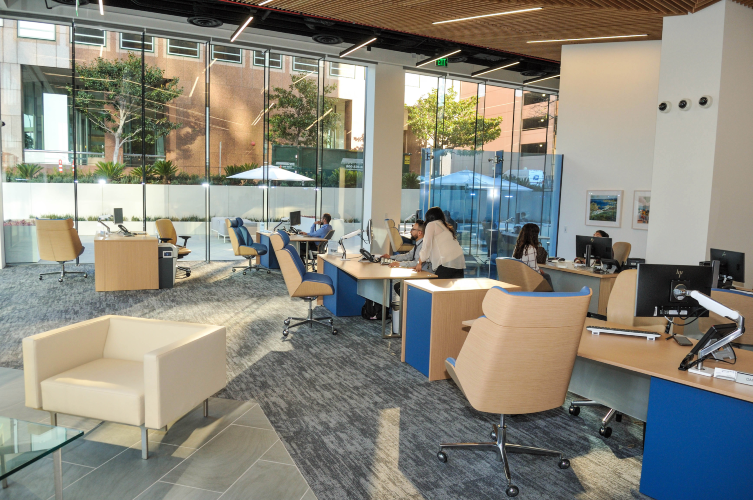
“It was really going to be hard — after one of our most productive years, how do we justify saying, ‘No, you have to come into the office full time,’” she said. “And then on top of that, while we were expanding, we started hiring in a lot of different locations.
“The pandemic has really forced people to evaluate their priorities, (and they) want that flexibility to balance both their work and an increasingly complex, in some cases, home life,” said Shannon Sullivan, chief people officer at Dave Inc. in Mid-Wilshire.
Maintaining productivity
Small businesses adapt
Small businesses adapt
